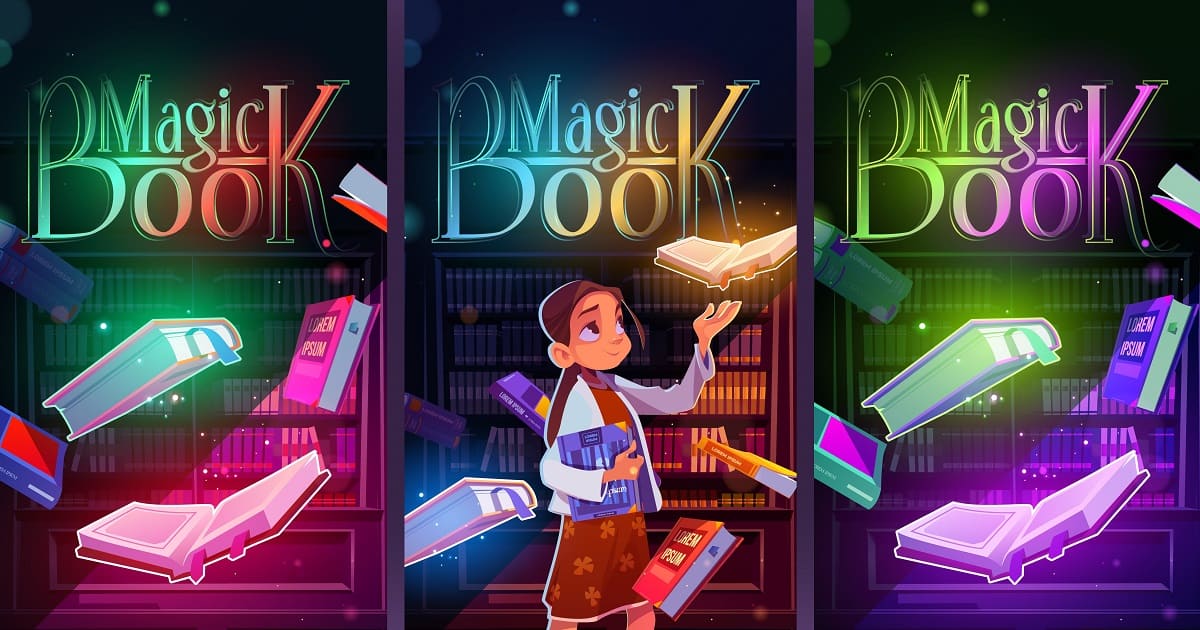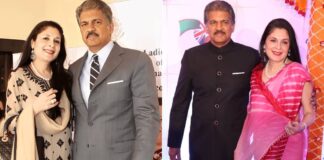A stunning book cover design will not only draw the attention of potential readers but also helps to set your book apart from other titles. But designing the perfect cover for your fantasy book can be difficult, especially if you don’t have a lot of experience.
But don’t worry! That’s where we come in. We have compiled a list of twelve fantasy book cover design tips that will help both novice and experienced fiction writers. From selecting the right photos to making the right font choices, these tips will help you create an eye-catching cover that will draw readers in.
ADVERTISEMENT
1. Think about your target audience
Your target audience comes into play whether you’re writing your book or designing it. Ask yourself who you are hoping will pick up your book. What age group are you trying to appeal to? And whether you’re t targeting readers of a particular genre.
This will help inform the design elements you will choose for your fantasy book. For example, if you are targeting a younger demographic, you may want to opt for a bolder, more colorful design. If you are going for an adult audience, a minimalist or classic design may be more appropriate.
On the other hand, if you are writing for teenagers and kids, the book cover should be funky and cartoonish.

2. Hire a professional book cover designer
A professional book cover designer can help you create an eye-catching cover that captures the essence of your book and draws in readers. Professional fantasy book cover designers understand the value of a great book cover and have the skills to create a unique design that stands out from the crowd.
ADVERTISEMENT
They will work with you to understand your vision and preferences for the design, as well as provide valuable feedback throughout the process. However, make sure to look for someone with experience in fantasy book covers, as well as reviews from other authors who have used their services.
Finally, make sure to get a contract signed with clear expectations so that everyone is on the same page and there is no more confusion about expectations.
3. Consider the mood of your book
You want your cover to accurately reflect the tone of your story. So, make sure you keep in mind the mood and atmosphere of your book. If you are writing a fantasy novel, you should use design elements that convey the magical and fantastical elements of your plot.
If your novel is more serious, your cover should reflect this by using darker colors and more somber images. It is often a good idea to think of adjectives that describe your book and then consider how you can incorporate those words into your design. This can be a great way to ensure that your fantasy book cover accurately reflects the emotion of your book.

4. Incorporate symbols in your design
Symbols can be a great way to add meaning and intrigue to your fantasy book cover design. Whether you are using a single symbol or multiple symbols, they can help to convey the mood and theme of your book in a powerful way. To achieve this, consider the main themes and characters in your story.
If there’s an object or image associated with them, consider incorporating it into the design. This could be something like a magical wand, a crown, a sword, a dragon, or any other symbol that resonates with your story. You can also use symbols that evoke certain feelings or emotions.
ADVERTISEMENT
For example, if your story is about friendship, you could use two characters or overlapping circles to represent this bond. No matter what symbols you choose, make sure they’re meaningful and relevant to your story. This will help create a memorable and eye-catching book cover that stands out from the rest.
5. Use limited fonts
Fonts can make or break your book cover design, so it’s important to use them wisely. When designing your fantasy book cover, try to limit the number of fonts used to two or three at maximum. This will help create a balanced and harmonious aesthetic.
When choosing fonts, consider the mood and tone you want to convey. For a more playful look, opt for fun or decorative fonts. If you want a more sophisticated feel, use classic and serif fonts. Make sure to select fonts that complement each other and fit the overall theme of your book.
Moreover, be mindful of the font size you choose. Larger fonts should be used for titles and smaller ones for subtitles. You will also have to adjust the tracking of your fonts to ensure they look even and uniform to create a consistent look on your book cover that will look simple yet elegant.
ADVERTISEMENT

6. Use high-resolution images
For starters, image quality is measured by a unit named dots per inch or pixels per inch. The more dots and pixels there are, the better quality a picture is. And if you want to make your book cover really stand out from other books on the market, you will have to use images that come in high resolution.
Make sure to use an image that has at least 300 dpi (dots per inch) resolution to ensure a high-quality print. When selecting an image, make sure that it’s free of any copyright issues, as well as being large enough to cover the entire page when printed.
7. Avoid stock photos
Using stock photos on your book cover can make your design look unprofessional and generic. Stock photos are used by hundreds of authors, so chances are yours won’t stand out from the crowd and won’t be able to build your authority as a reputed author.
To make sure your design is unique, try to use illustrations or your own photos instead. This will help create a book cover that is truly special and one-of-a-kind. If you do decide to use a stock photo, make sure to modify it in some way so that it stands out from other covers.
ADVERTISEMENT
This could include adding your own text or elements to the image, cropping it differently, or changing the color.
ADVERTISEMENT












